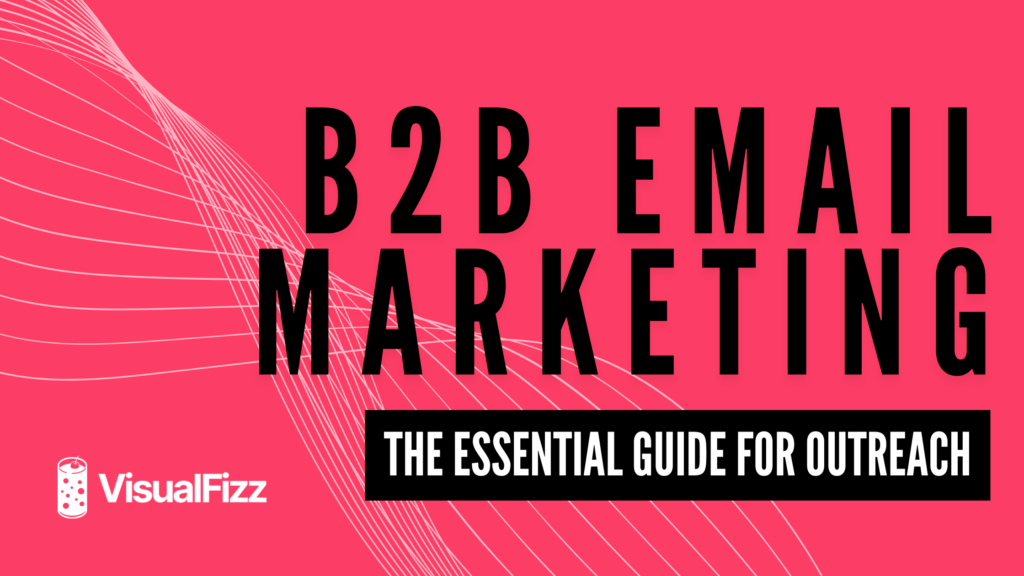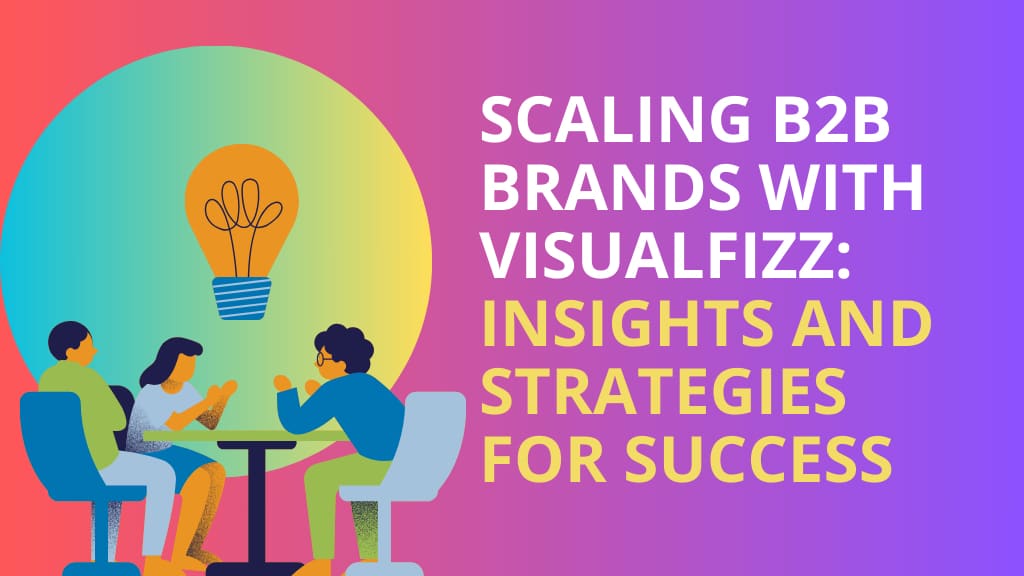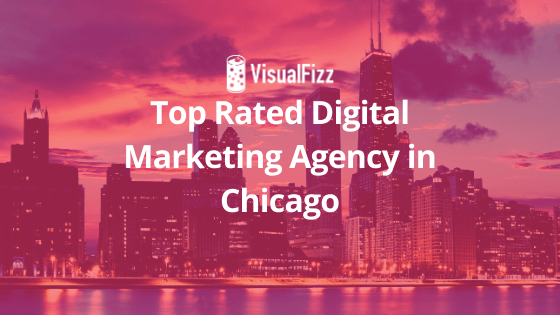Blog
Categories
Featured Stories

The Essential Guide to B2B Email Marketing
Contrary to what you may hear, email marketing is not dead. According to Forbes, there...

Scaling B2B Brands with VisualFizz: Insights and Strategies for Success
In today’s fast-paced digital world, scaling a B2B brand requires a combination of strategy, adaptability,...

(More) Digital Marketing Reviews from VisualFizz Clients
VisualFizz’s Agency Beginnings: A Summary In October of 2016, Dan Salganik and Marissa Ryan met...
Browse by Category
More Stories
Want to learn more about VisualFizz?
We’d love to introduce ourselves

